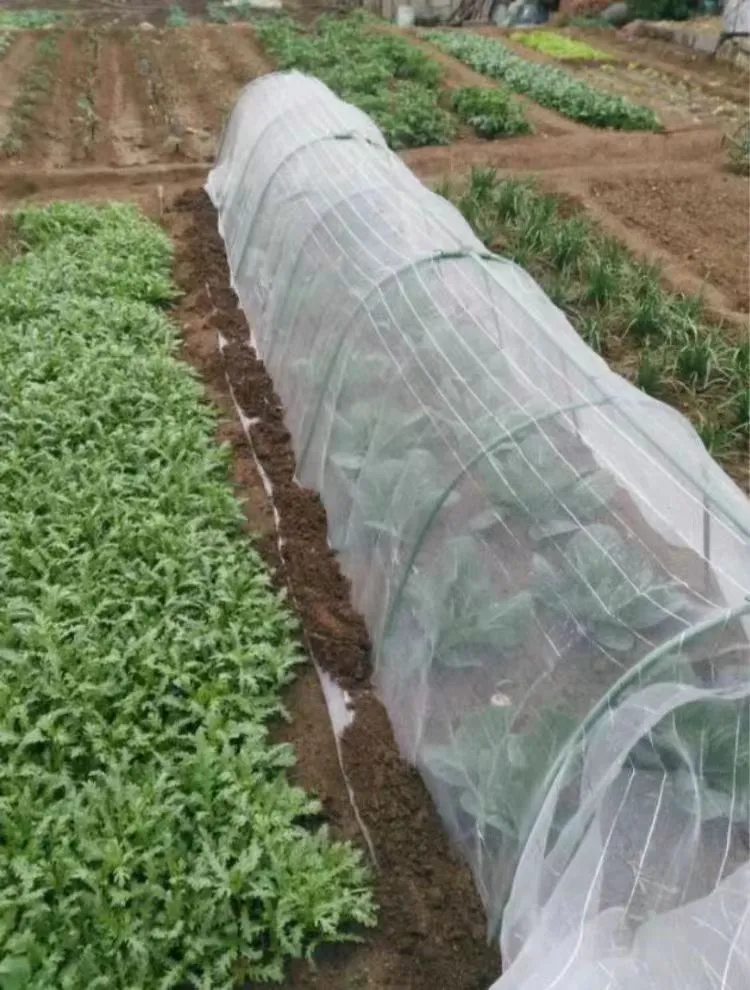bird netting
Bird Netting A Solution for Garden Protection and Wildlife Preservation
Bird netting has emerged as a popular and effective solution for gardeners and landowners aiming to protect their crops, fruits, and ornamental plants from unwelcome avian visitors. In recent years, as urban development encroaches upon natural habitats, the interaction between humans and wildlife has become increasingly complex. While many bird species contribute greatly to the ecosystem by aiding in pollination and pest control, they can also pose challenges for agricultural endeavors. This article explores the benefits, applications, and best practices regarding bird netting.
At its core, bird netting is a physical barrier designed to prevent birds from accessing specific areas. Typically made from lightweight, durable materials such as polyethylene or nylon, this netting is UV-resistant and designed to withstand various weather conditions. It comes in different mesh sizes, allowing for flexibility depending on the type of bird being targeted or the crop being protected. Gardeners often face the dilemma of wanting to coexist harmoniously with nature while also safeguarding their hard work and investment in their gardens.
One of the primary applications of bird netting is in fruit orchards. Birds, particularly starlings and robins, are notorious for raiding berry bushes and fruit trees, often stripping them of their harvest in a matter of days. By installing bird netting over these plants, gardeners can significantly reduce the likelihood of bird damage, allowing their fruits to ripen without the threat of being consumed before they reach maturity. Furthermore, netting can be modified to protect vegetable patches, ensuring that crops such as peas, beans, and corn are not snatched away by hungry birds.
bird netting

Beyond agriculture, bird netting serves an important role in wildlife preservation. As cities expand, many bird species find their natural habitats fragmented, leading them to forage in urban gardens and farms. By using netting, landowners can create safe zones for certain vulnerable species while deterring others that may compete for food. This approach promotes biodiversity, allowing for a more balanced coexistence between human activities and wildlife.
When implementing bird netting, it is crucial to consider certain best practices to maximize its effectiveness and minimize harm to birds. Firstly, ensure that netting is secured properly to prevent entanglement. Loose or poorly installed netting can pose a serious risk to wildlife, leading to injuries or fatalities. Utilizing weighted edges or creating frames can help keep the net taut and secure. Additionally, it's beneficial to monitor the netted areas regularly, ensuring that no bird gets trapped and that the netting remains intact.
Another important consideration is the timing of installation and removal. It's advisable to cover plants just as they begin to fruit, thus preventing birds from developing a habit of raiding the area. Conversely, it’s equally important to remove the netting once the harvesting season is over, allowing birds to return to their natural feeding grounds. This not only fosters a healthy ecosystem but also helps maintain the local bird population, which plays pivotal roles in pest control and pollination.
In conclusion, bird netting is a simple yet effective tool that can provide substantial benefits for gardeners and wildlife alike. By understanding how to use it responsibly, we create a sustainable balance where nature and agriculture can thrive together. As we continue to navigate our relationship with wildlife, innovations like bird netting are crucial in fostering environments that are beneficial for both people and birds, underscoring the importance of coexistence in an ever-changing world.
-
The Versatility of Stainless Steel Wire MeshNewsNov.01,2024
-
The Role and Types of Sun Shade SolutionsNewsNov.01,2024
-
Safeguard Your Space with Effective Bird Protection SolutionsNewsNov.01,2024
-
Protect Your Garden with Innovative Insect-Proof SolutionsNewsNov.01,2024
-
Innovative Solutions for Construction NeedsNewsNov.01,2024
-
Effective Bird Control Solutions for Every NeedNewsNov.01,2024












